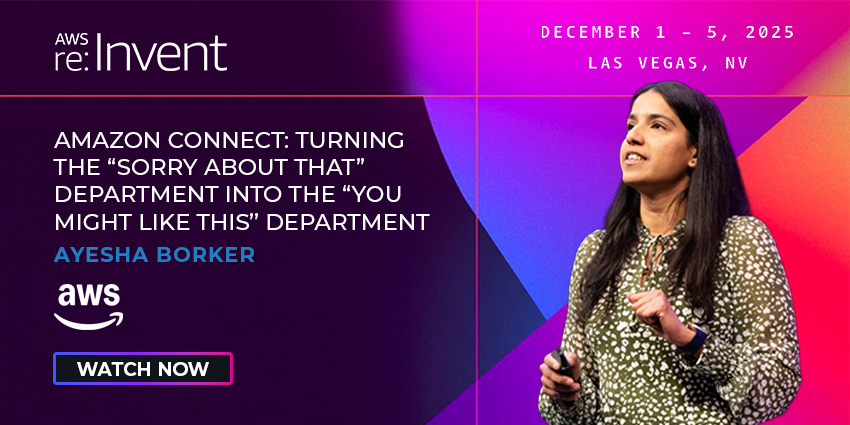In the rush to showcase the visible applications of artificial intelligence – chatbots, digital assistants, and hyper-personalized marketing – some of the most transformative roles of AI agents are unfolding more quietly. However, the “invisible” AI agents – those embedded in knowledge management, internal operations, and decision support – may ultimately wield the greatest influence.
Here, we examine the use cases for AI agents that are transforming efficiency and service quality behind the scenes. We’ll look at how leading service teams are using AI not just to talk to customers, but to support, analyze, and evolve their entire CX infrastructure.
A Silent Revolution
“Imagine an incredible human advisor who has read everything about your company,” says Alan Ranger, VP at Cognigy. “That’s what these agents can be – fully grounded in any knowledge source, structured or unstructured.” From Word documents to sprawling intranets, AI agents can instantly surface critical information and respond with human-like precision.
This revolution is not just leading to efficiency gains – it impacts information flows through the enterprise. Instead of searching through wikis or relying on outdated manuals, staff can now query an intelligent assistant that responds with authority and nuance. In organizations like Bosch, which manage vast product catalogs, these AI agents allow any employee to access consistent, up-to-date product knowledge – eliminating silos and speeding up internal service delivery. Cognigy works with Lidl to provide employees on the floor of the supermarket with an earpiece that allows them access to AI Agents for any kind of help. By using voice commands, Lidl workers can quickly access information such as product details or stock levels and perform tasks like opening or closing cash registers. Learn more about that here: https://www.cognigy.com/solutions/ecommerce-retail.
From Custodian to Architect
AI agents are not only retrieving knowledge – they’re beginning to maintain and evolve it. “Before, everything had to be structured. Now, it can be completely unstructured,” Ranger explains. AI is now keeping a dynamic repository of enterprise knowledge, making it easier for both human and AI agents to retrieve the information they need and stay aligned with the company.
Though customers may never interact directly with these AI systems, they are increasingly benefiting from them. Ranger cites use cases where internal LLMs (large language models) lead to improvements in consistency, accuracy, and speed – especially when grounded in curated data. “If you’ve grounded it, that’s the only thing it will do,” he notes. “It won’t make things up.”
By quietly powering back-end workflows, AI agents are ensuring that what customers experience – be it through support, delivery, or product accuracy – is smarter, faster, and more reliable.
Guardrails and Governance
As AI becomes more deeply embedded into operations across enterprises, the need for guardrails and good governance are more critical than ever. Cognigy’s Ranger advocates for the creation of AI councils to manage this dual workforce – humans and machines alike. “AI shouldn’t be governing AI. You still need human oversight,” he emphasizes. Notably, new roles are emerging, like the Senior VP of People and AI, tasked with ensuring AI systems follow the same standards as their human counterparts.
The Next Episode
Looking ahead, Ranger predicts that invisible AI agents will play a growing role in customer insight generation. “We’ll have far greater insights into the customer journey – where things are going well, where they’re not,” he says. These insights, distilled from behind-the-scenes data analysis, will empower businesses to refine experiences before customers even articulate their pain points.
While much of the spotlight remains on customer-facing AI tools, the real game-changer might be what’s happening behind the scenes. These invisible AI agents are reshaping the way organisations operate – streamlining internal processes, unifying fragmented knowledge, and ultimately enabling better, faster, and more consistent customer experiences.
For CX leaders, the message is clear: the future of exceptional customer experience won’t just come from the tools customers can see – it will be powered by the intelligence working quietly in the background. Those who recognise and invest in this hidden layer of capability will be the ones who raise the bar for service, insight, and operational excellence in the years to come.







